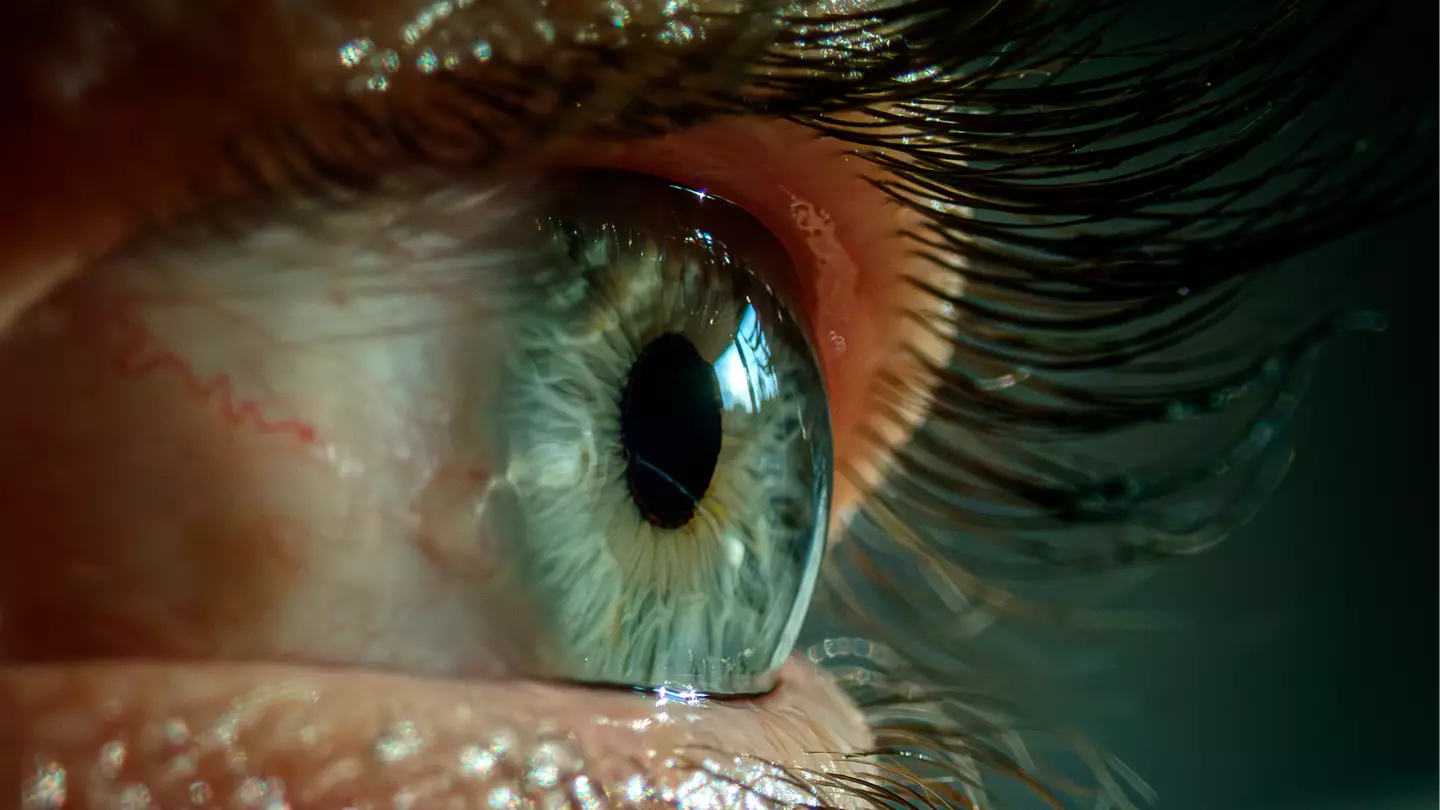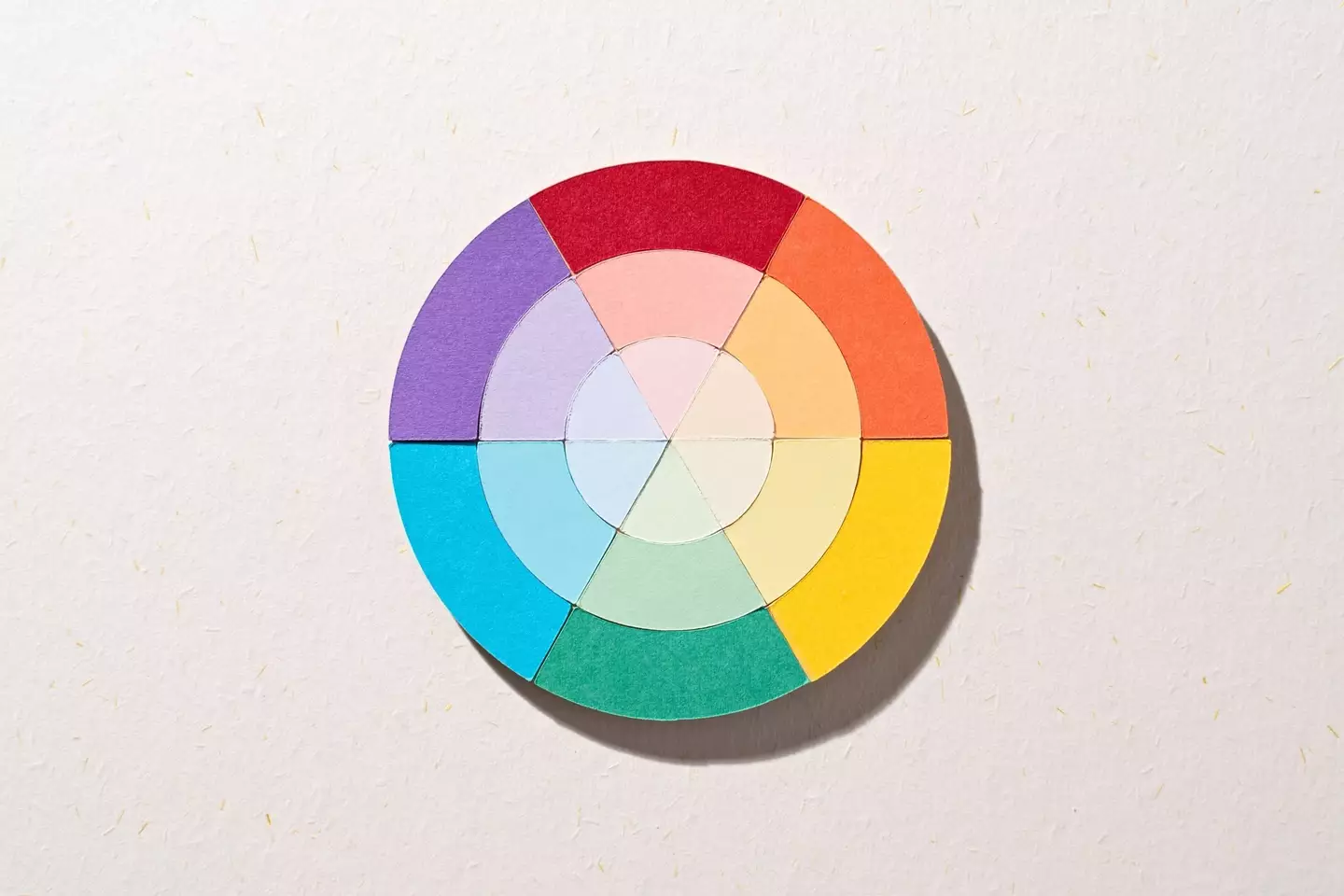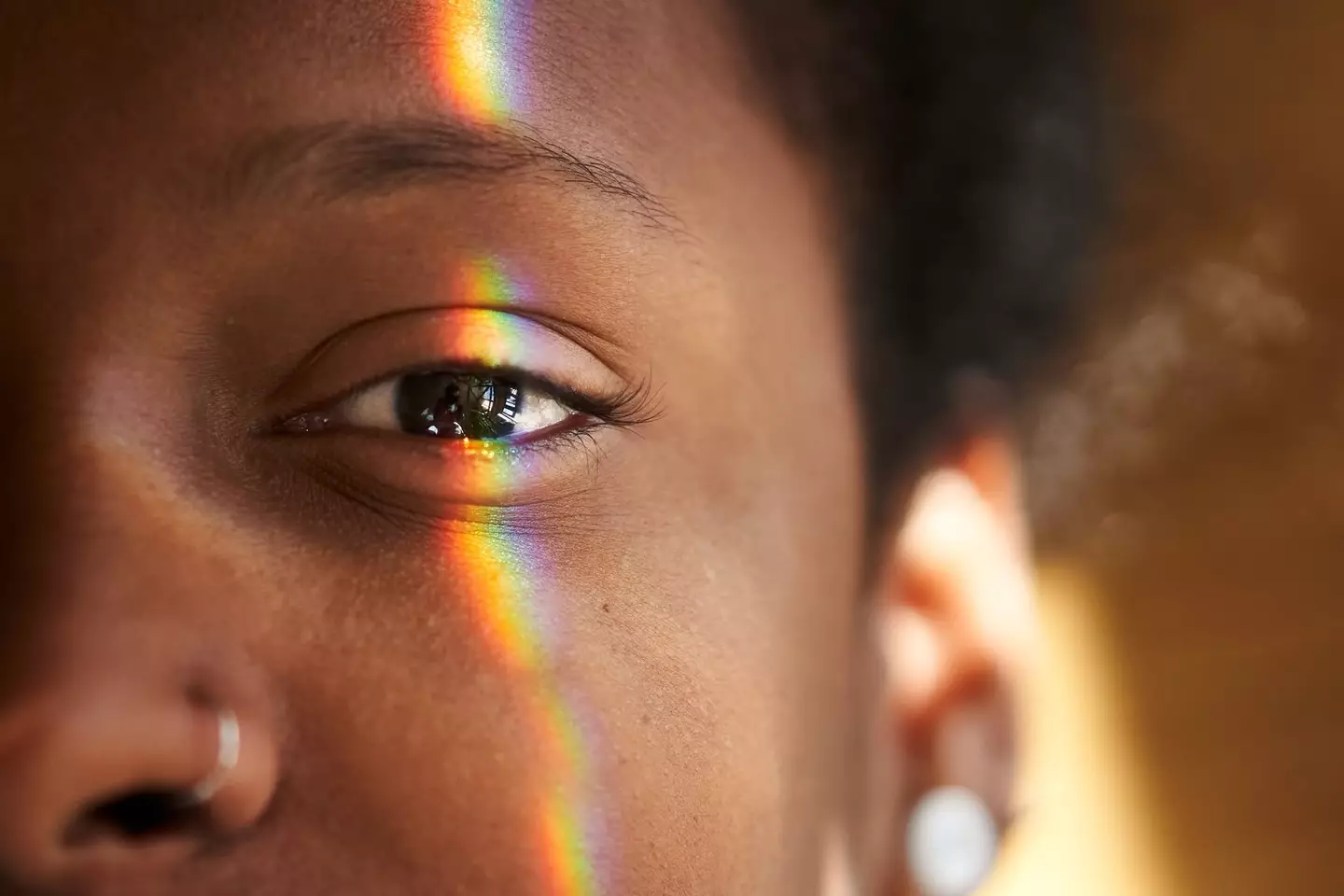
There is so much colour in the world, but there’s actually a lot more than what we can see.
Imagine colours that you can’t even begin to imagine? That’s what the mysterious ‘impossible colours’ are that humans are physically incapable of seeing with their eyes.
Scientists in the US discovered a colour and, according to the University of California, Berkeley and the University of Washington, the new colour is called ‘olo’.
Because we can’t naturally see it, they managed to hack a retina to allow the eye to take in more colours, and the results were published in the journal Science Advances, with the study's co-author, Professor Ren Ng from the University of California, describing them as 'remarkable'.
Advert
To do it, they used the Oz prototype which flashes a laser light with a single monochromatic colour at participants eyes, and they could suddenly see a new colour.

Now, when they first tried this using red, green and blue light, it didn’t work. However, when they were given white too, they then discovered the 'olo' colour, which is a light bluey-green colour.
So, what other colours are there that we can’t see?
Advert
Unlike a lot of other animals in the world, the human eye is trichromatic and has three types of cones that respond to colour within them.
This is why we have the primary colour wheel consisting of red, green and blue. If you remember how to make purple, you’ll know that you need red and blue (primary) to make this secondary colour.
So, anything outside of what you can mix is virtually impossible for us to view.
According to the London Vision Clinic, we are 'obviously able to see much more than these three colours’ as ‘there is often an overlap in the wavelengths of these three colours, resulting in a much wider range’.
Advert
It went on to explain that the way in which colours are presented and the opponent process ‘means that our eyes are unable to detect certain colours at the same time’.

These colours are light vs dark, red vs green, and blue vs yellow, which mean that the colours ‘blueish-yellow’ and ‘greenish-red’ are the ‘Impossible’ colours.
For any other species with more cones in their eyes that respond to colour, they’ll be able to see a whole different spread that we’re just not able to even fathom.
Advert
Chimerical colours are another type of ‘impossible’ colours that can’t be seen by us, including stygian blue.
But does this mean that we can’t ever see them? Well, according to the Clinic, the opponent process theory suggests that people can’t perceive the impossible colours.
However, a 1980s experiment went on to say that it could ‘trick’ the eye into seeing them by moving two red and green strips along with your eye movements, and if the border in the middle of the strips fades away, then you should be able to see the impossible colour right in the middle as the two colours match.
However, the Clinic has recommended you do not try this at home, so I'd put down the red and green cards for now.
Topics: Science
